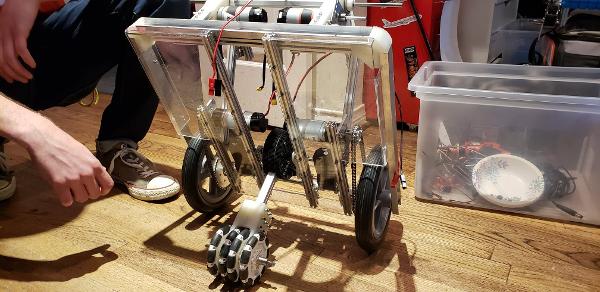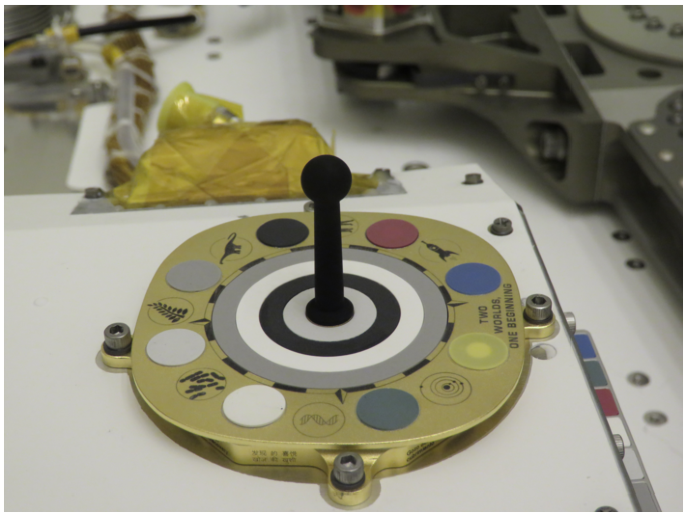
- #HOW TO CALIBRATE SPACE BLOCK SET ON LAB MASTER UPDATE#
- #HOW TO CALIBRATE SPACE BLOCK SET ON LAB MASTER FULL#
- #HOW TO CALIBRATE SPACE BLOCK SET ON LAB MASTER SERIES#
Impracticability of re-calibration also applies to other analytical techniques that produce non-specific signals in multicomponent samples, the most common example of these being near infrared (NIR) spectroscopy.
#HOW TO CALIBRATE SPACE BLOCK SET ON LAB MASTER UPDATE#
Alternatively, calibration transfer or update requiring small number of standard samples or no standard samples at all can be implemented.

Consequently, frequent recalibration of sensor arrays is prohibitively costly both with respect to the necessary time, availability of standard samples and labor. Multivariate calibration requires large number of standard samples, some of which could be of limited availability. Therefore, they rely on multivariate calibration models for interpreting their responses and relating them to concentration or property of interest. Both electronic noses and tongues include partially specific sensors that produce non-selective signals in the multicomponent media, such as almost all real world samples.

#HOW TO CALIBRATE SPACE BLOCK SET ON LAB MASTER SERIES#
While regular re-calibration using standards is an established procedure for the individual sensors, as e.g., calibration of pH glass electrode using a series of buffer solutions, it becomes problematic in the case of multisensor systems. The latter is of particular relevance for the chemical sensors that are prone to gradual change of their characteristics or temporarily drift occurring during their exploitation. Alterations in the instrumental response may result from the changes of the environmental conditions, composition of the measured samples or device characteristics. They have been shown to be promising analytical instruments for a wide range of applications including environmental, food and clinical analysis among others ( Schaller et al., 1998 Winquist et al., 2002 Legin et al., 2003).Ĭhemical sensors as any analytical instruments require regular calibration to account for the changes in their response and ensure their proper functioning.

The electronic noses and electronic tongues are multisensor systems based on arrays of cross-sensitive or partially selective chemical sensors and data processing tools. This paper presents an overview of different methods reported for the drift correction and calibration update of the electronic noses and tongue and discussion of the practical aspects of their implementation. The latter can be either standard or unknown samples. Calibration update that consists in incorporation of new sources of variance in the calibration model by recalculating it using initial calibration samples and reduced set of samples measured at new conditions. For this purpose, a relationship between two experimental conditions is established using a reduced set of samples measured at both conditions (standardization subset). Calibration standardization that aims to correct new measured data by eliminating new variation. Drift correction that consists in modeling sensor temporarily drift or drift direction using a series of measurements and then using it for correcting new data. The main approaches can be summarized as follows:
#HOW TO CALIBRATE SPACE BLOCK SET ON LAB MASTER FULL#
As an alternative to the recalibration of the sensor system using full set of calibration samples, drift correction and calibration update has been proposed. Finally, a necessity to replace sensors in the array or to transfer calibration model from one sensor set or one type of sensors to the other can arise.

Another common situation is a change in the composition of the analyzed samples that also alters sensor response due to the matrix effects. The most common problem in the case of sensor systems is temporarily drift or gradual change of sensor characteristics occurring during sensor exploitation. There are several circumstances that can invalidate multivariate calibration model. Frequent recalibration of multisensor systems is often excessively costly and time consuming due to the large number of necessary reference sample and their limited availability. One of the obstacles to the wider practical use of the multisensor systems for gas and liquid analysis-electronic noses and tongues, is the limited temporal validity of the multivariate calibration models. Centre for Environmental and Marine Studies CESAM and Chemistry Department, University of Aveiro, Aveiro, Portugal.


 0 kommentar(er)
0 kommentar(er)
